Unmasking the Hidden Portraits Within Famous Works
Chosen theme: The Hidden Portraits Within Famous Works. Step past the surface to meet the secret sitters, buried faces, and quiet confessions that artists tucked beneath paint. Join our exploration, share your thoughts, and subscribe for future revelations.
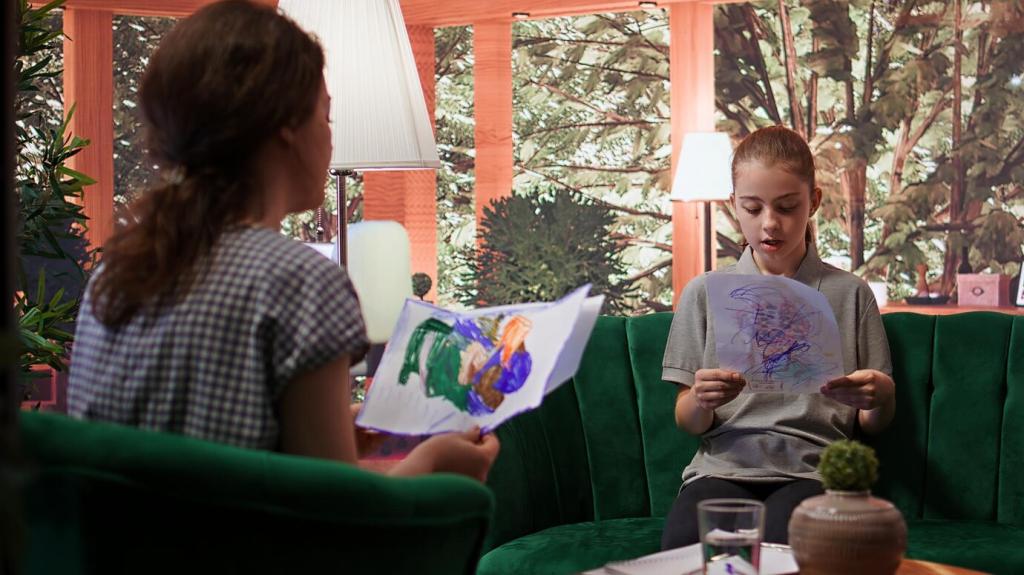
Science Beneath the Surface
X-radiography penetrates paint layers to expose compositions abandoned long ago. It revealed a bow-tied gentleman beneath Picasso’s The Blue Room and a serene woman under Van Gogh’s Patch of Grass. Fascinated? Tell us your favorite technological art discovery.
Science Beneath the Surface
Infrared reflectography traces underdrawings and earlier arrangements, catching ghostly faces and shifted positions. In Old Master works, it often reveals portraits the artist replaced. Share which hidden outlines surprised you most, and subscribe for deeper technique explainers.
Science Beneath the Surface
Macro X-ray fluorescence mapping charts chemical elements across a painting, identifying where lead, copper, or mercury concentrate. Those maps can outline hidden features, corroborating X-ray finds. Curious about a specific painting? Comment below, and we’ll feature your pick next.
Caravaggio’s Unflinching Confession
Caravaggio is thought to have used his own face for Goliath’s severed head, turning a biblical drama into startling autobiography. That brutal hidden self-portrait collapses distance between crime, guilt, and art. Does it change how you read the painting?
Michelangelo in a Flayed Skin
In the Sistine Chapel’s Last Judgment, Michelangelo placed his features on Saint Bartholomew’s flayed skin. Part joke, part lament, the veiled self-portrait confronts mortality and reputation. Share your interpretation, and follow for more hidden-identity spotlights.
Velázquez’s Mirror Diplomacy
Las Meninas embeds a royal portrait inside a mirror’s shimmer, while the painter looks out at us. Not underpaint, yet deliciously concealed: a portrait revealed only through reflection. What other portraits “hide” in plain sight? Add your examples below.
Recycled Canvases, Revised Stories
Artists historically reused canvases to save money or materials, painting new subjects over earlier portraits. Van Gogh frequently worked over previous efforts, leaving hints of abandoned faces. Have you noticed telltale textures suggesting a life beneath the image?

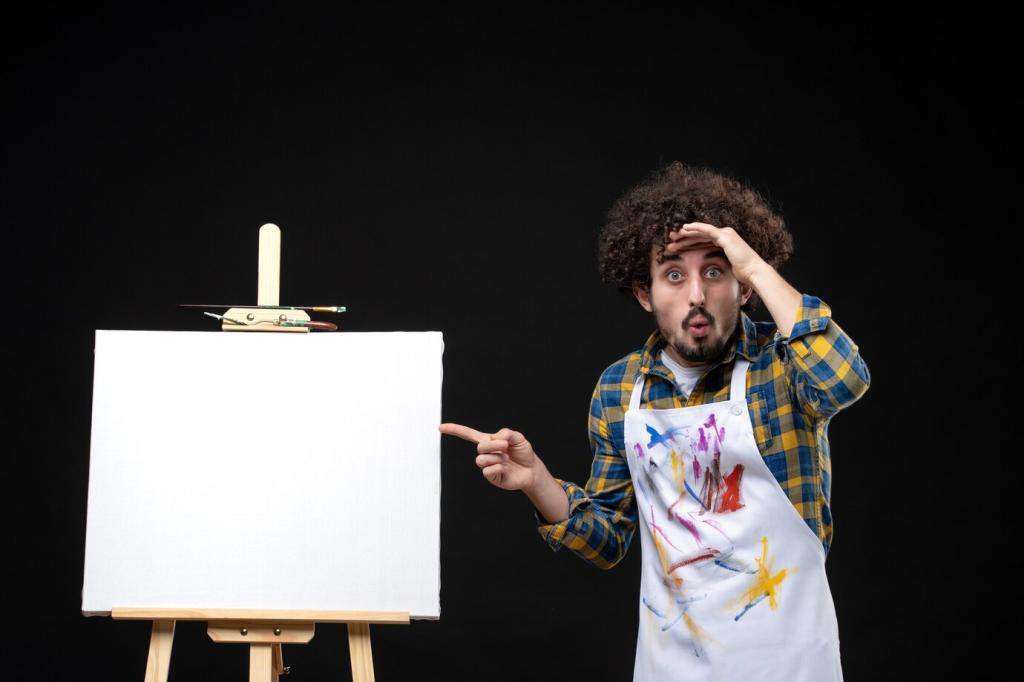


Reading Surface Clues
Watch for arcs, noses, or collars that ghost along backgrounds at odd angles. Oblique ridges and mismatched contours can betray an earlier sitter beneath. Next museum visit, photograph subtle outlines and tell us where you found them.
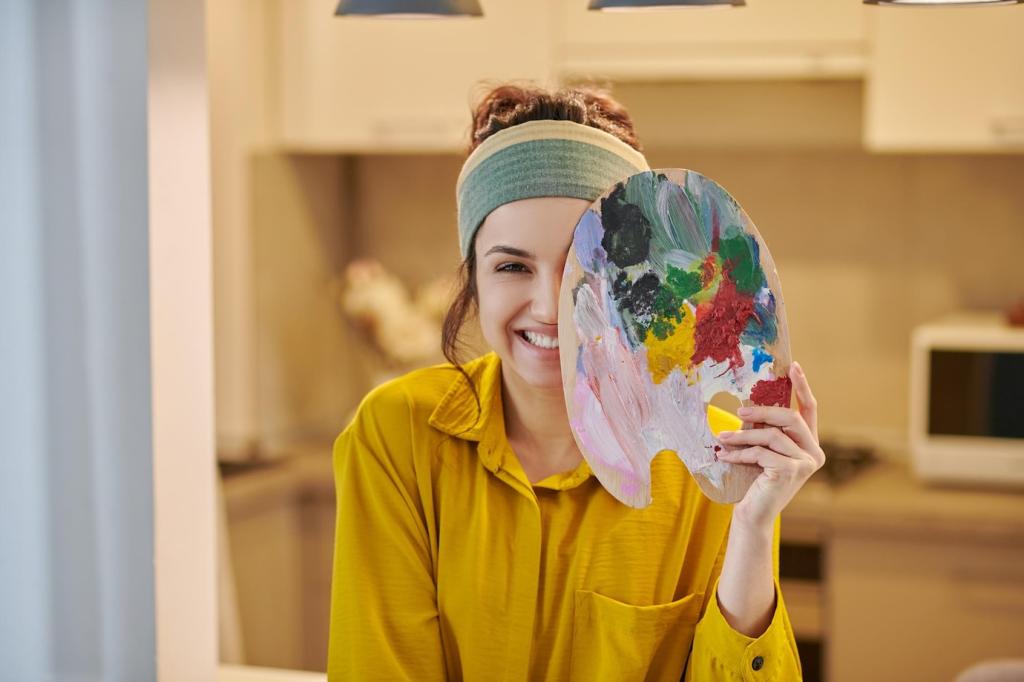
Ethics of Revealing the Hidden
Later overpaints may themselves be centuries old, woven into a work’s received identity. Removing them risks erasing history to expose history. Where would you draw the line? Vote in our poll and explain your reasoning thoughtfully.
Ethics of Revealing the Hidden
Museums balance transparency with an artist’s final intention. Imaging can show hidden portraits without stripping paint, preserving both stories. Should display labels always mention underlayers? Share how you’d design the ideal wall text for such works.


Your Turn: Hidden Portrait Hunt
Post your photos of suspicious outlines or textures from museum visits, always respecting policies and avoiding flash. Tell us the gallery, artwork, and what you noticed. We’ll curate highlights and credit your detective work in an upcoming feature.
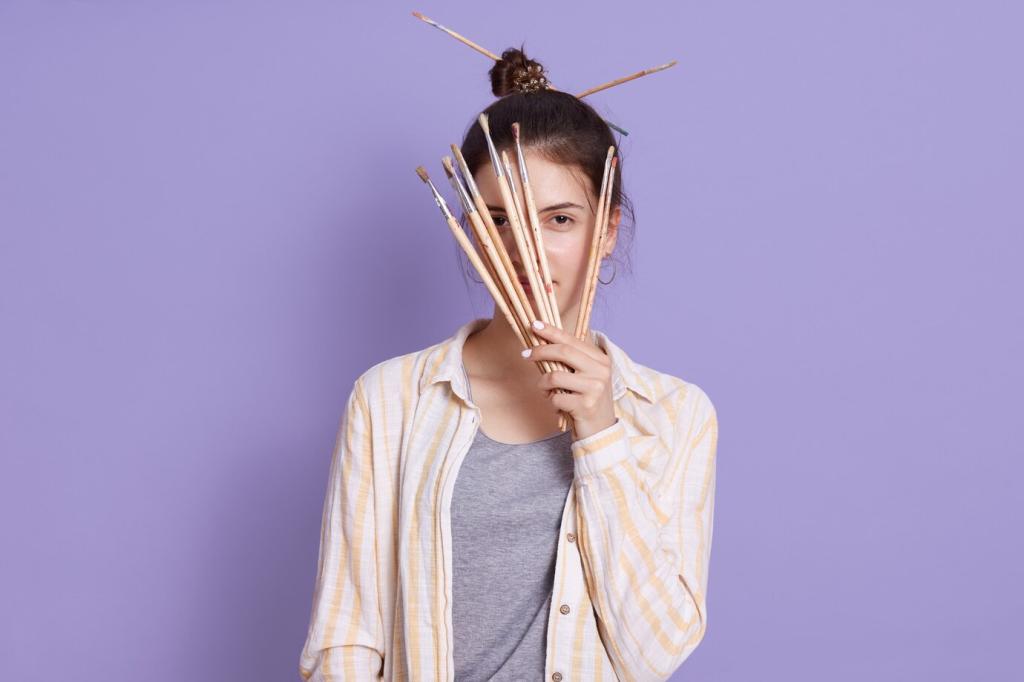
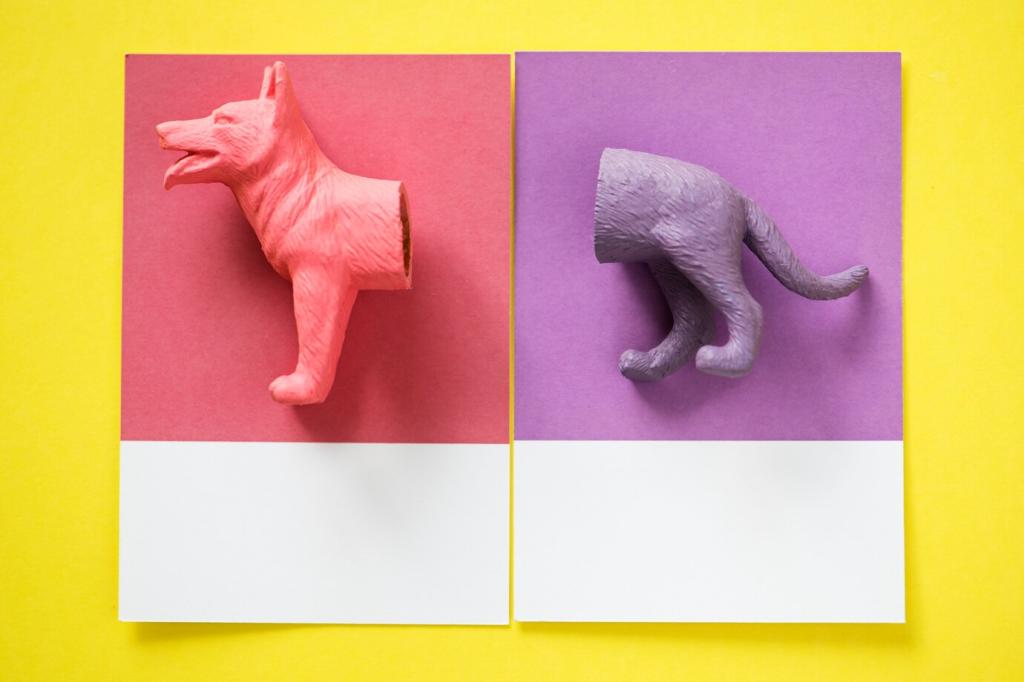
Your Turn: Hidden Portrait Hunt
Submit questions for our quarterly Q&A with conservation scientists. Wondering whether a favorite painting might hide a portrait? Send details, and we’ll request imaging insights. Subscribe so you don’t miss their candid, jargon-free answers.
